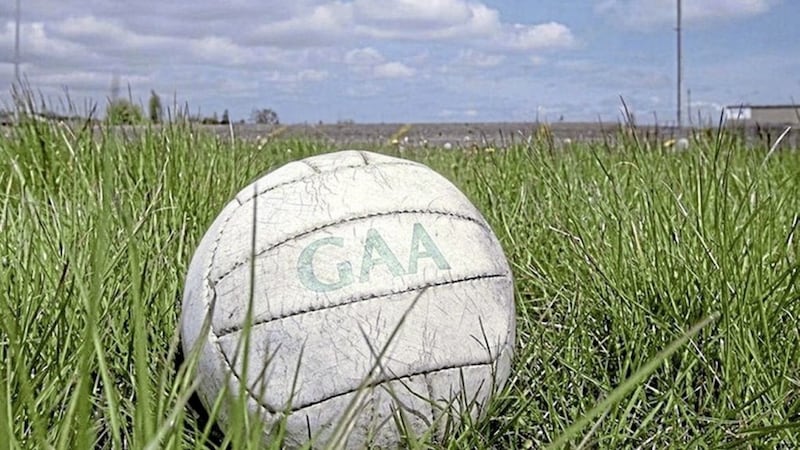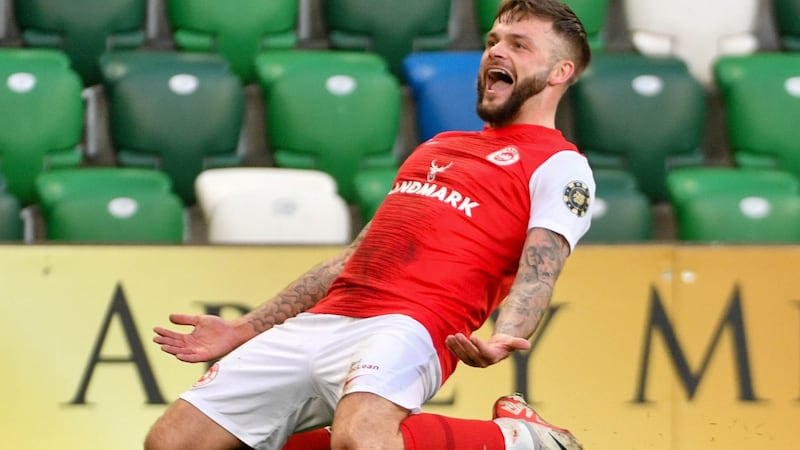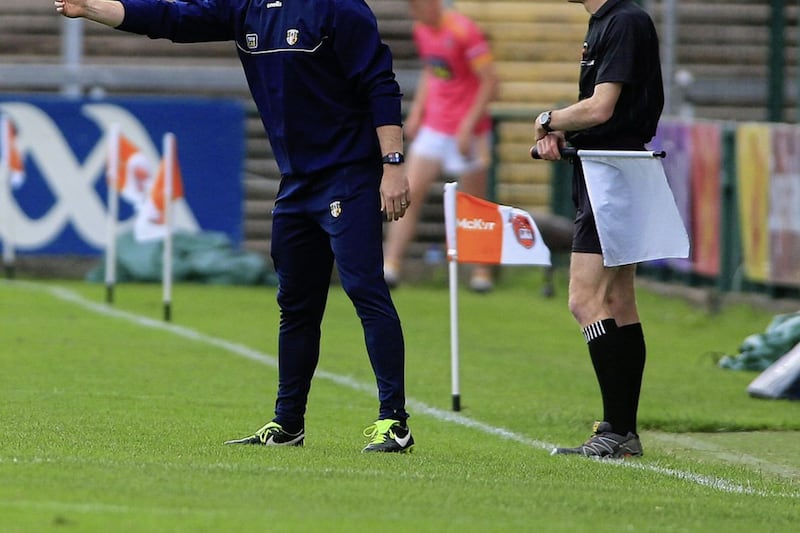In the world of sports, encouragement of participation and the maximisation of potential are core challenges across every level, from parents, to teams, to clubs and to whole sporting organisations.
It has been a central theme too within the GAA.
As we transitioned from the 90's into this new millennium, we were introduced to things like development squads, coaching qualifications and professional, full-time coaches.
On the flip side however has come much publicised reports on issues like burnout and dropout which, in combination with the ongoing debate about elitism within the game and the strained relationship between club and county levels, demonstrate that a long term balance has not yet been found.
Back in November the GAAs Talent Academy and Player Development Review Committee published their report from many months of extensive discussion with all involved in the development of our next generation of players.
At the time and for the months following its publication the primary topics holding sway within the world of GAA were about the new competitions, about the rule changes and of course about Cathal McShane (how long ago that all feels now).
The problem was that, while the report was likely dissected by those directly involved with Academies or development squads, it failed to spark any widespread discussion among clubs or the wider association.
Given the calibre of people involved in the report and the amount of work that went into it, maybe it is time to bring it down from the shelf.
COVID-19 has turned our world upside down so much that many feel things are likely to be forever changed.
When the sands of time get to work, I imagine such assertions will look as naïve as our new year resolutions do by April.
What is certain however, is that the pandemic has given us all, in a manner never seen in our lifetimes, space, time and a blank sheet of paper.
Like a home-schooling parent taking a toilet break, such time provides an opportunity to collect our thoughts, to consider what is working and what could be done better.
As our playing fields continue to lie empty during this most surreal of times it is surely the perfect time to consider the report’s recommendations.
Presently within clubs there is much thought about how to minimise the impact of the lack of field time for our young players.
Social media challenges and skill tests are all the rage and undoubtedly there is good work to be done here.
Doing this right is a major undertaking on its own yet is it making the most of the generational opportunity of time that the pandemic is presenting?
Any training or skills work done now will only ever be like patching up potholes.
They are literally stop gap measures and can only serve a short-term purpose.
Things though, will eventually return to normal and the priority back to day to day coaching and matches with little space for consideration of the bigger picture.
The Talent Academy and Player Development Review Committee report essentially delved into the GAAs development framework, from when a child first takes part in a rolling around session as part of fundamentals at U6 or U8s to being an intercounty senior player.
My problem is that I was reading the report from a point of view of trying to glean what are the best practices a club should be establishing in the hope of improving their player development processes and, in so doing, improve their chances of ultimately tasting that success we all crave.
Unfortunately, the report places the club purely at foundational level, where three levels Foundation 1 to 3 cover a player’s entire development.
Considering that Foundation 1 and Foundation 2, cover a young players trip from U6 to U12 it leaves foundation level 3 to somehow capture a player’s entire career from U13 to established club senior.
Contrast this with the next development level, that being the ‘Talent’ level.
This has four separate levels yet only covers the five years of a talented U14 player journey to county U19 level.
Of course, given this was the focus of the report it is understandable, but it does make the reports repeated assertion that the club is at the centre of the pathway feel like the authors are merely playing to the galleries.
Given the player pool is much more limited at club level, the ability to develop available players to the best of their ability is of even greater necessity than at county level.
Given how thoroughly the report deals with player development towards county level, clubs, even if not the target audience, could still learn much from the key ‘Talent’ development stages of the report.
At this development level, from ages of 14/15 to 19, the focus is treating the player as an individual with specific development needs and putting plans in place with the player to allow these to be met in a co-ordinated way across their respective teams.
The aim is to produce a rounded senior player by addressing all aspects of their development through a combination of mentoring and targeted coaching.
Components of any such plan may be identification of specific areas for skills improvement, to tactical and game awareness, to psychological factors and to strength and conditioning work.
Such a level of coaching would require significant organisation of a club’s resources, yet many clubs will have within them, coaches and members with talents covering those multi-faceted aspects of a player’s game.
The challenge is to harness that talent in an organised manner to maximise the playing level of the small pool of talented young players any club has within its ranks.
Admittedly, I am knowingly taking the report’s recommendations out of context, but everywhere around me I see club teams attempt to mimic senior county teams to try to maximise performance levels.
It would seem only natural then that clubs should also consider adopting the best practice recommendations for elite player development to develop their own ‘elite’ players.
Done sensitively and well, I do not see that as a bad thing at all.
Yes, clubs are about participation and inclusion, but whether purists would admit it or not, nothing enhances a club as much as winning so somewhere along the line, a club should, at least in part, turn its attention to maximising the potential of its future senior players in an organised manner.
That is a significant undertaking and, some will argue, over the top.
I do feel that when the pandemic is over and the wheelie bin challenges are replaced with proper football again, it would seem somewhat of a missed opportunity if things simply returned to business as usual without carefully considering the possibilities.
We certainly have the time at present. A time for change, I don’t know, but a time to at least consider the opportunities, absolutely.








